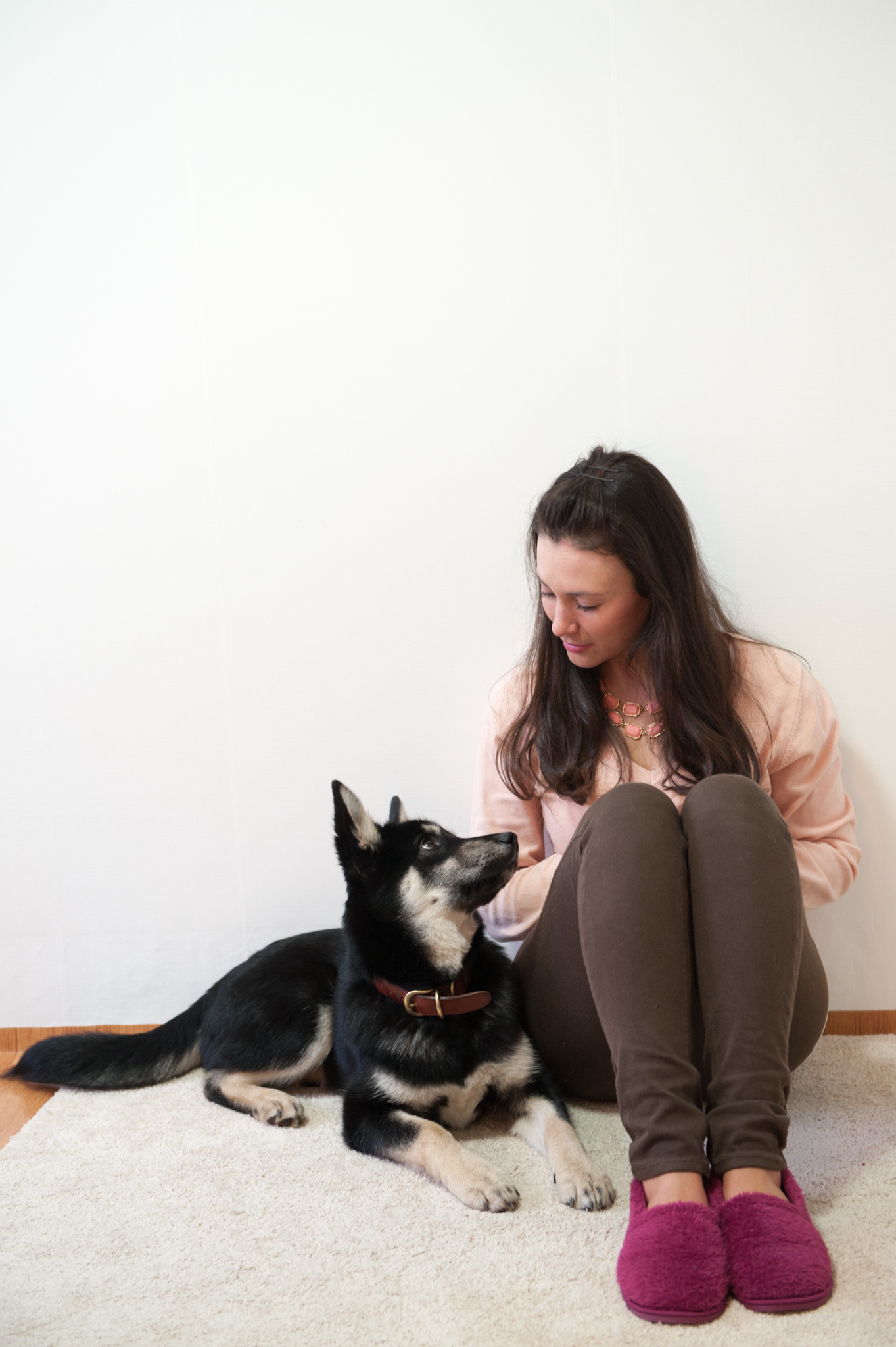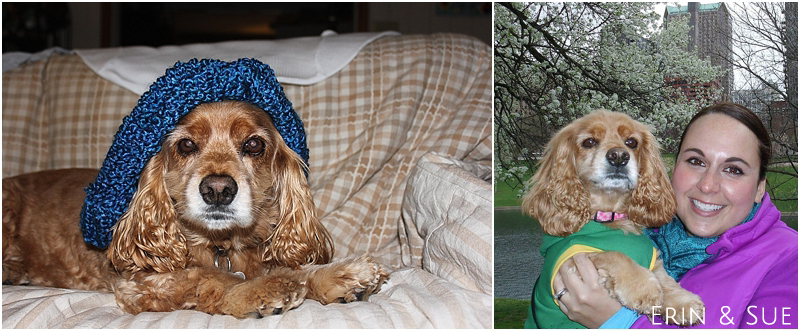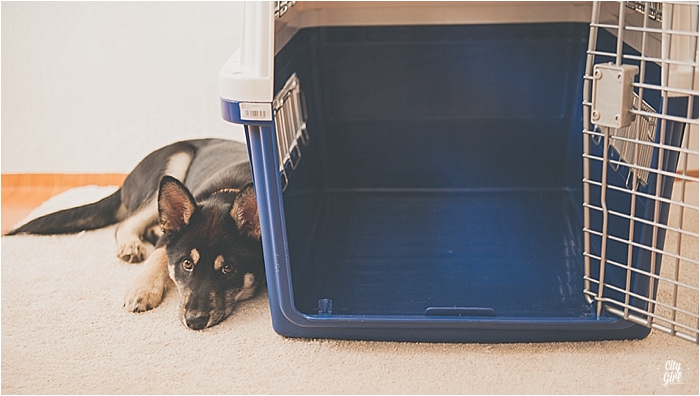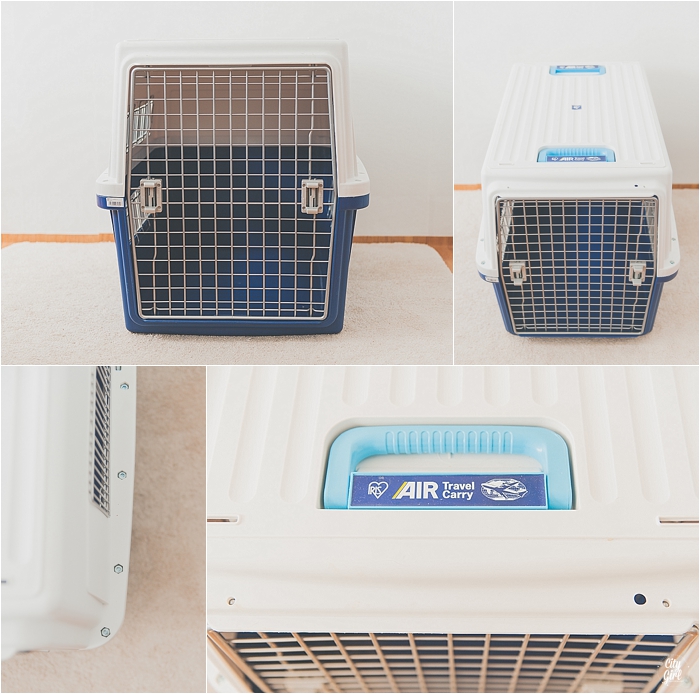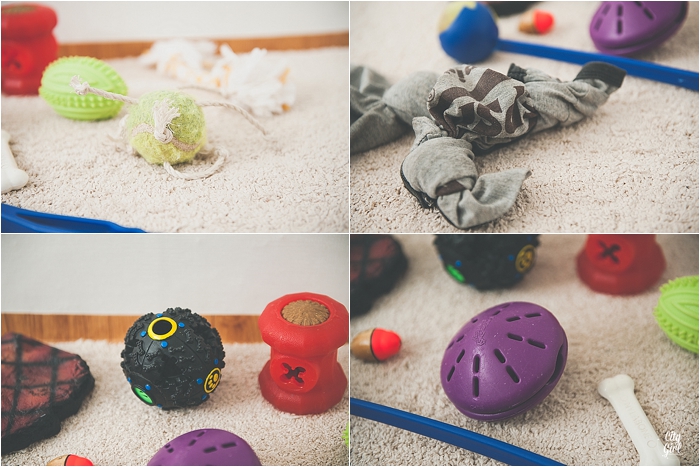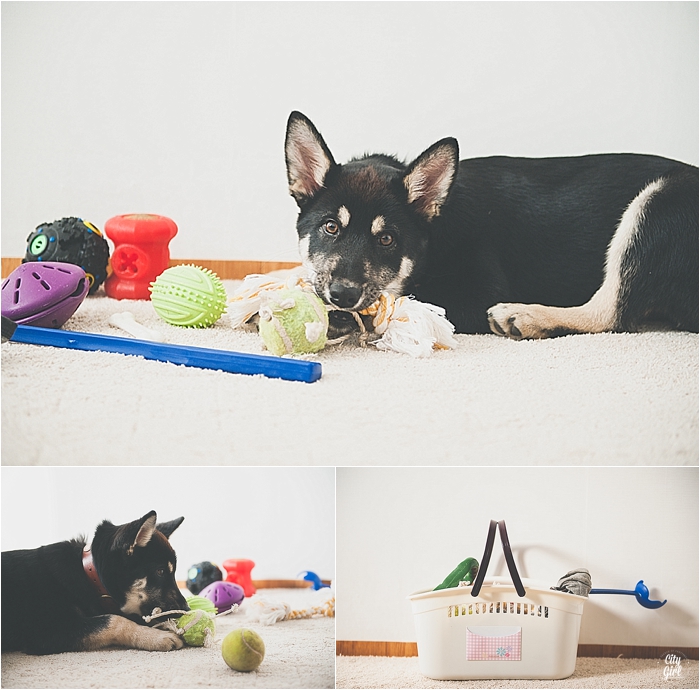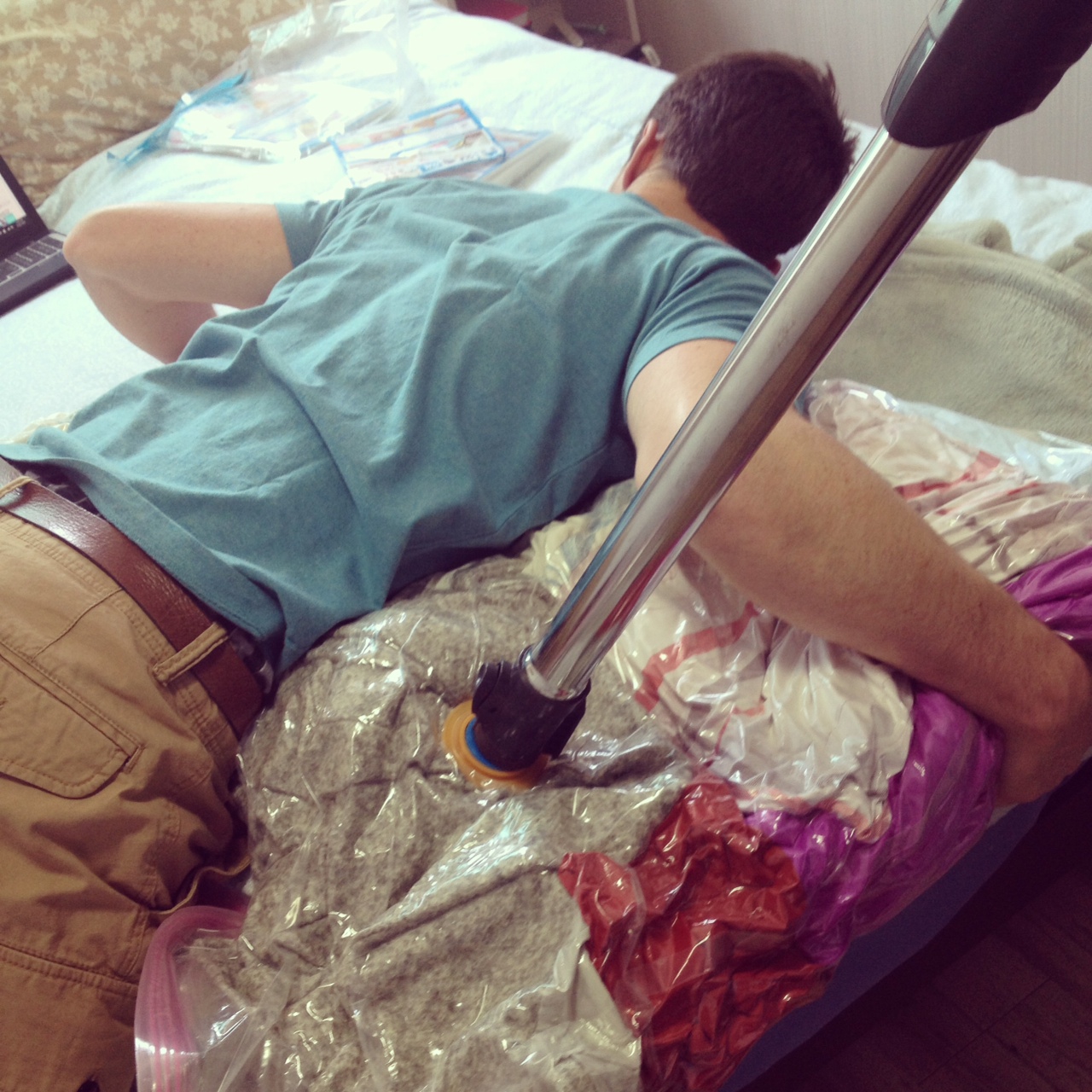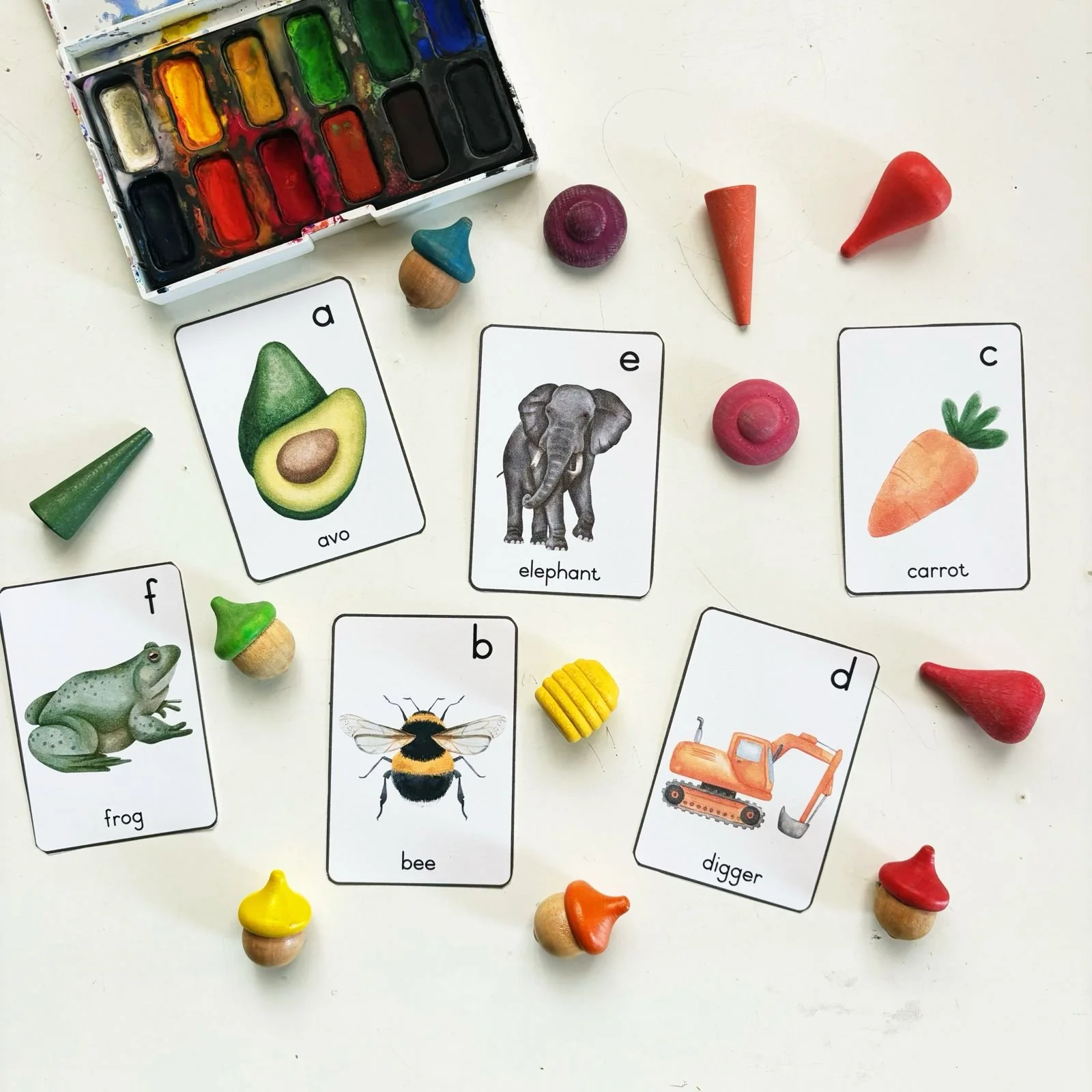Setting up NH Internet Banking in Korea
/If you are with the Public School program here in South Korea, you will have to set up a bank account with NH (Nonghyup). This is the standard bank the government/education department uses to pay your salary. You can open another account at a later stage for sending money home (we have an Easy One Account with KEB which we use to send money home easily to South Africa as KEB changes KRW straight into ZAR without having to first convert to US dollars).
Please Note: Internet Explorer & NH are best friends. I often have problems trying to use my Mac to do internet banking. Some days it works and some days it doesn't. But it always works with Internet Explorer on my school computer.
To set up internet banking with NH you need to visit a branch. Do this straight away when you first go set up your bank account (hopefully you have a friendly co-teacher/friend to help you). Farmboy and I both have check cards that we can use for paying for goodies online (some internet sites accept these check cards and some don't so it's a bit of a luck of the draw). A check card is basically a debit card which acts as a credit card without any overdraft. You can use it to pay online but the money is automatically debited from your account. As far as I know, I can only use my check card here in Korea. I tried to use it to pay for flights online like I used to be able to use my South African check card, but no luck so far.
When you set up internet banking at the bank, you need to give them your passport (they will make a copy for you), you also need your ARC card (if you don't have this yet you need to show them your ARC certificate which you get from your nearest education office when you apply for your ARC card. It acts as a temporary ARC card until yours arrives). There is also a charge, it was a whopping W1000 when I opened mine.
What to Bring:
-passport
-ARC card/temporary certificate
-cash
-address (of your apartment or school)
They will give you:
-an Internet banking registration form
-a banking password card (this looks like a credit card with a load of different number combinations)
The following will be given to you if you are setting your bank account up for the first time (ie you don't get a separate card & bank book for Internet Banking)
-a bank card
-an account book (which is actually pretty important in Korea, and you can use it to withdraw money without your bank card, and to print out statements)
Once you are all set up you will have to create an internet banking pin (usually 10 - 15 numbers and letters) to make transactions & another pin called a User ID to log onto internet banking. Keep those all somewhere safe. And you will need to have your card/ATM pin handy (4 letters).
You will then be given a OTP (one time pin) to use to set up internet banking for the first time. You usually one have 2 -3 days to use it before it expires.
To use internet banking you also need to have a digital certificate which gets loaded onto a USB. You use this every time you log onto internet banking so make sure you keep this on you all the time. If you lose it, its pretty easy to re-issue. You issue it for the first time through NH (click here) on the top menu bar = Certificate Centre. Keep this on a USB so that you can access Internet Banking from any computer in Korea. Whenever you do internet banking you will need this certificate so keep that USB safe!
Here are some wonderful step by step instructions from Asrune at TeachTravelLearn. Once you have been given the One Time Pin from the bank, you can set up Internet Banking at home/at school.
On a computer with Internet Explorer:
1. Go to http://banking.nonghyup.com/nhbank.html
2. In the bottom right hand corner, select "Global Banking" and "English"
3. You will see this page. It is prompting you to download a keyboard protection program. Click the left hand option to download and continue:
4. Go to the "Certificate Center" and click "Issue a Certificate"
5. Enter your ID, which you created at the bank. It is listed on your registration form under "이용지명 ID:" on the second line of text.
6. Enter your foreign number (National Identification Number), or passport number. Select the free certificate, and confirm
7. Accept the terms of Service
8. Register. Have your registration form (given to you at the bank) and password card ready.
9. Create your banking password.
A pop up message will appear and ask you to create a Banking password. It must be 8 digits with both letters and numbers. You use this with your USB digital certificate every time you do Internet Banking
10. Save your Certificate to a USB device.
You can use a USB so that you can log on any computer, or save it directly to your computer. You have to have a certificate to access Internet banking in Korea. A USB is recommended. After you have Internet banking set up, you can also add it to your phone, but that's a whole other blog post waiting to be written.
11. Log on! A pop up window like this will show up. Find where you saved your certificate, select your name, and enter your 8 digit banking password at the bottom (created in Step 9 above).
If you have any other problems, call the NH English customer service at 1588-2100 *730 for English Help.
Now that you have your digital certificate set up you can log in and start doing banking transfers. As the NH site is all in English it should be easy enough to follow. Good Luck!




















